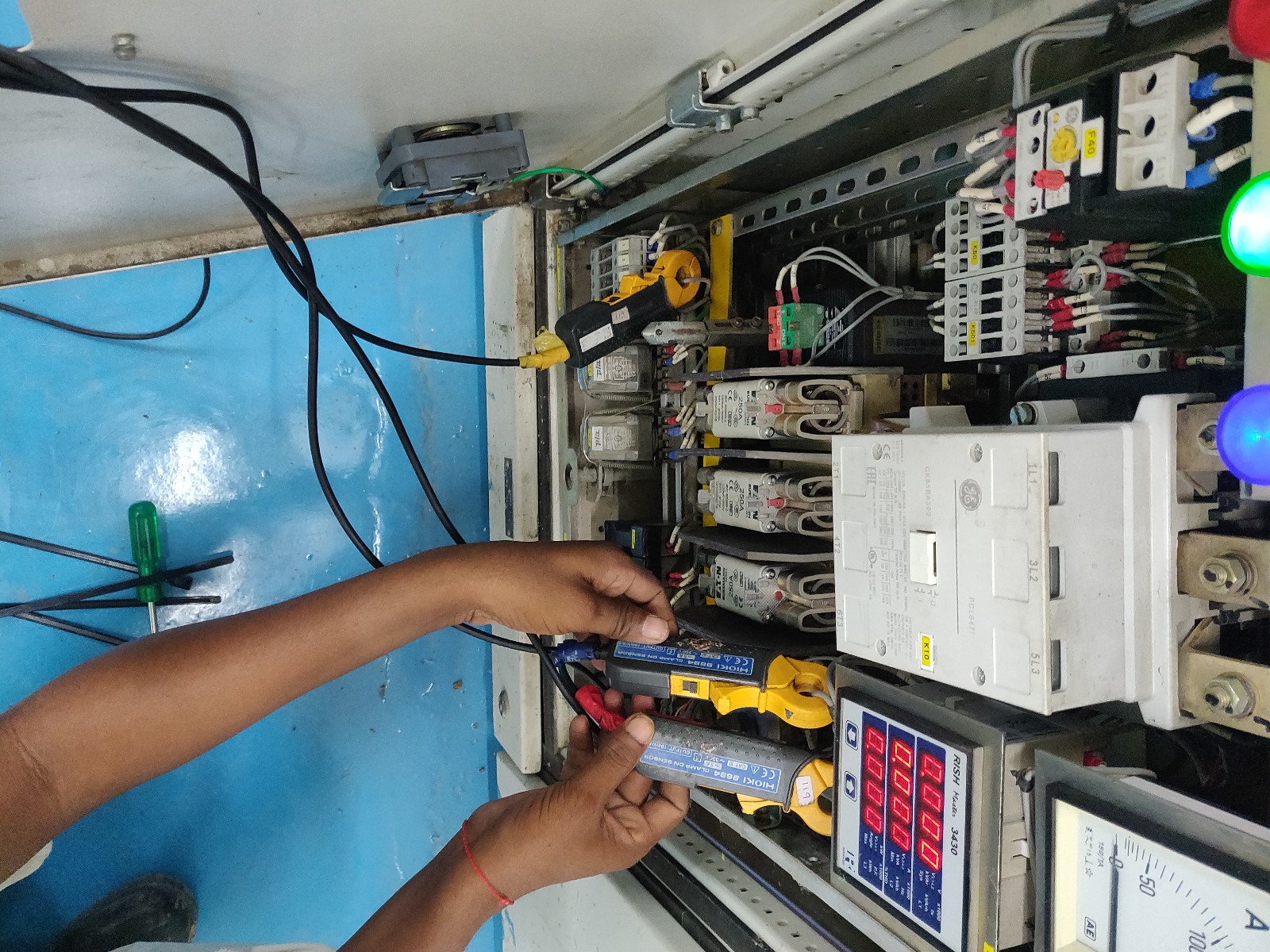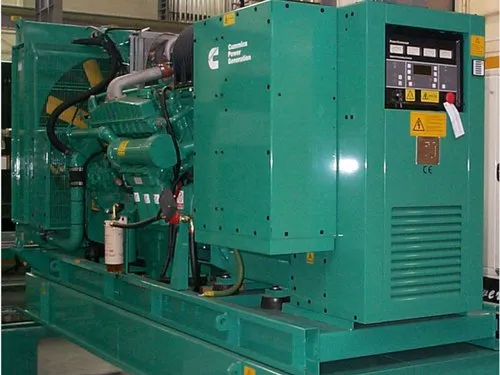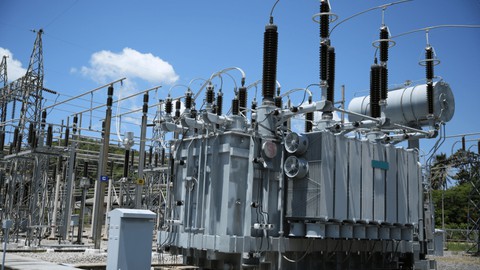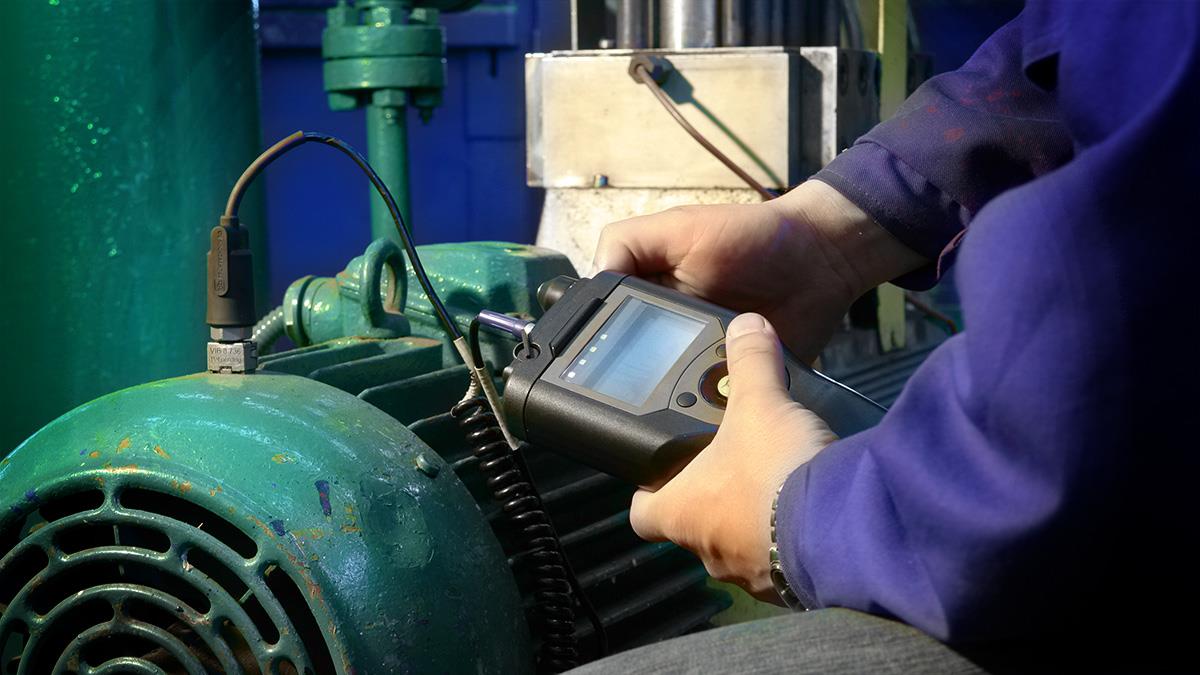Residual life assessment of turbines:
Residual life assessment of turbines requires data collection accompanied by results of Non destructive tests
Collection of back ground information like the capacity of the plant, process involved in the generation of power , running hours etc.
Performance & operational data in terms of availability, heat rate, rise of steam pressure at curt ice wheel, vibration , differential & total expansion and data regarding temperature difference between top & bottom casing of turbine, are the inputs required to focus attention of study team.
Enquire NowAfter the collection of the data following tests are performed for residual life assessment:
- ✓ Visual examination
- ✓ Dye Penetration Test (DPT)
- ✓ Magnetic Particle Inspection (MPI)
- ✓ Eddycurrent testing
- ✓ Borosonic Test/li>
- ✓ Hardness Test
- ✓ In situ metallographic examination by
- ✓ replica technique
- ✓ FNatural Frequency Test
generator:
electric generator, any machine that converts mechanical energy to electricity for transmission and distribution over power lines to domestic, commercial, and industrial customers. Generators also produce the electrical power required for automobiles, aircraft, ships, and trains.
The mechanical power for an electric generator is usually obtained from a rotating shaft and is equal to the shaft torque multiplied by the rotational, or angular, velocity. The mechanical power may come from a number of sources: hydraulic turbines at dams or waterfalls; wind turbines; steam turbines using steam produced with heat from the combustion of fossil fuels or from nuclear fission; gas turbines burning gas directly in the turbine; or gasoline and diesel engines. The construction and the speed of the generator may vary considerably depending on the characteristics of the mechanical prime mover.
Enquire NowNearly all generators used to supply electric power networks generate alternating current, which reverses polarity at a fixed frequency (usually 50 or 60 cycles, or double reversals, per second). Since a number of generators are connected into a power network, they must operate at the same frequency for simultaneous generation. They are therefore known as synchronous generators or, in some contexts, alternators.
Transformer:
Transformer is the simplest device that is used to transfer electrical energy from one alternating-current circuit to another circuit or multiple circuits, through the process of electromagnetic induction. A transformer works on the principle of electromagnetic induction to step up or step down voltage. Transformer either increases AC voltage (Step-up transformer) or decreases AC voltage (Step-down transformer). Transformer which is normally utilized in the transmission and distribution of alternating current power is fundamentally a voltage control device. Transformer are used for a wide range of purposes, including increasing the voltage from electric generators to enable long-distance transmission of electricity and decreasing the voltage of conventional power circuits to run low-voltage devices like doorbells and toy electric trains.
Enquire Nowmotors:
The electric motor works on the principle of magnetic effects of current. Its principle is when a rectangular coil is placed in a magnetic field and current is passed through it, the coil rotates as a result of the forces acting on the coil. The following are the parts of an electric motor:
DC Power Supply : It is the component in which the operating power source is generated. Commutator: the direction of the electrical source provided by the power source is aided by this part of an electric motor.
Rotor Armature : It performs continuous rotation while the motor is running. It is also there to aid with the movement and supply of electrical power to other parts of the motor and vehicle.
Axle : The axle of an electrical vehicle contains part of the main power source, which provides one with the ability of direction of the vehicle, through steering and gear usage.
Field Magnet : A field magnet is within an electrical motor and it provides a magnetic field, which enables the inner coil wire within a DC motor to rotate. The basic idea of an electric motor is really very simple, you put electricity into it at one end and a metal rod rotates at the other end giving you the power to drive any machine.
Enquire Now





